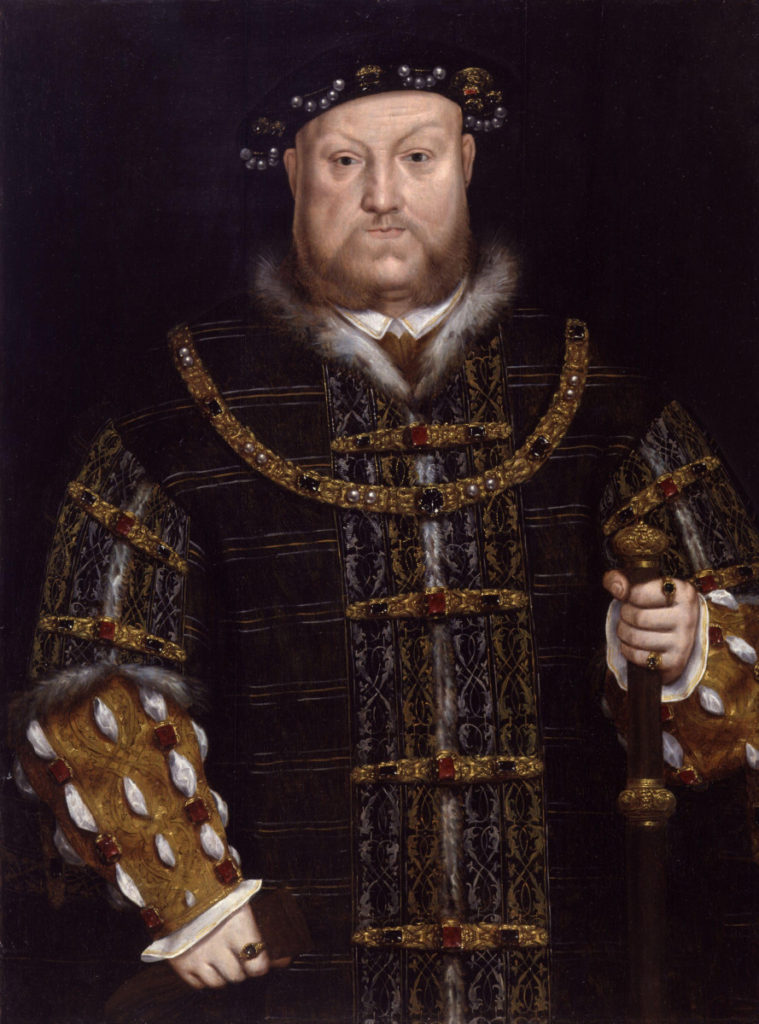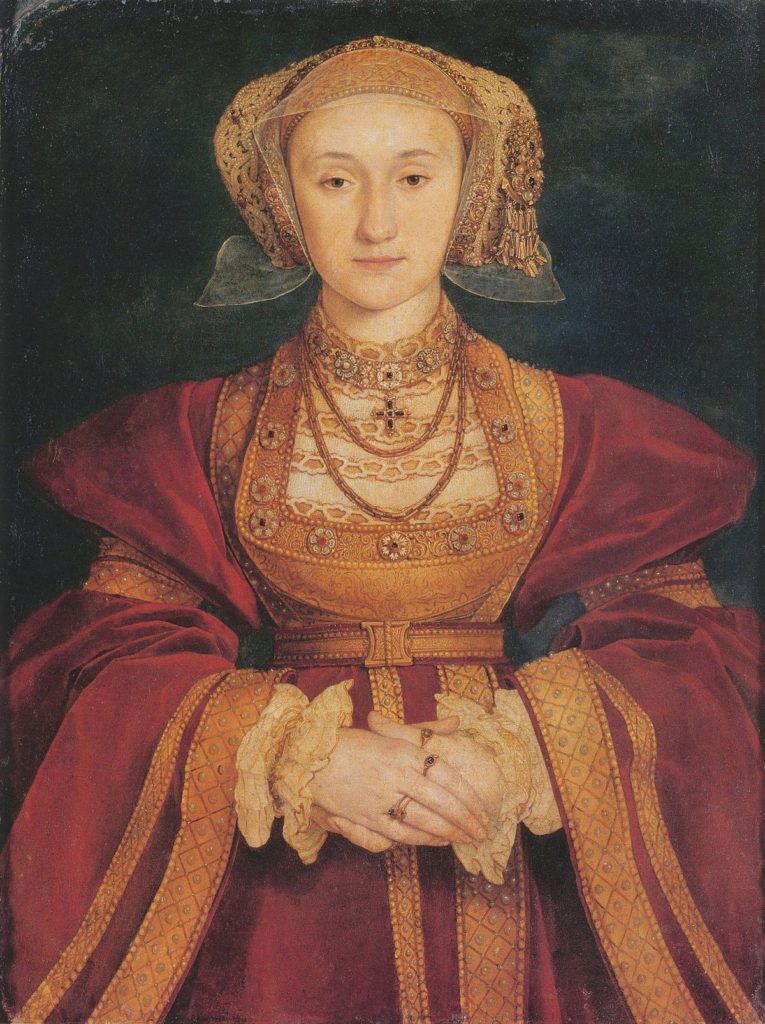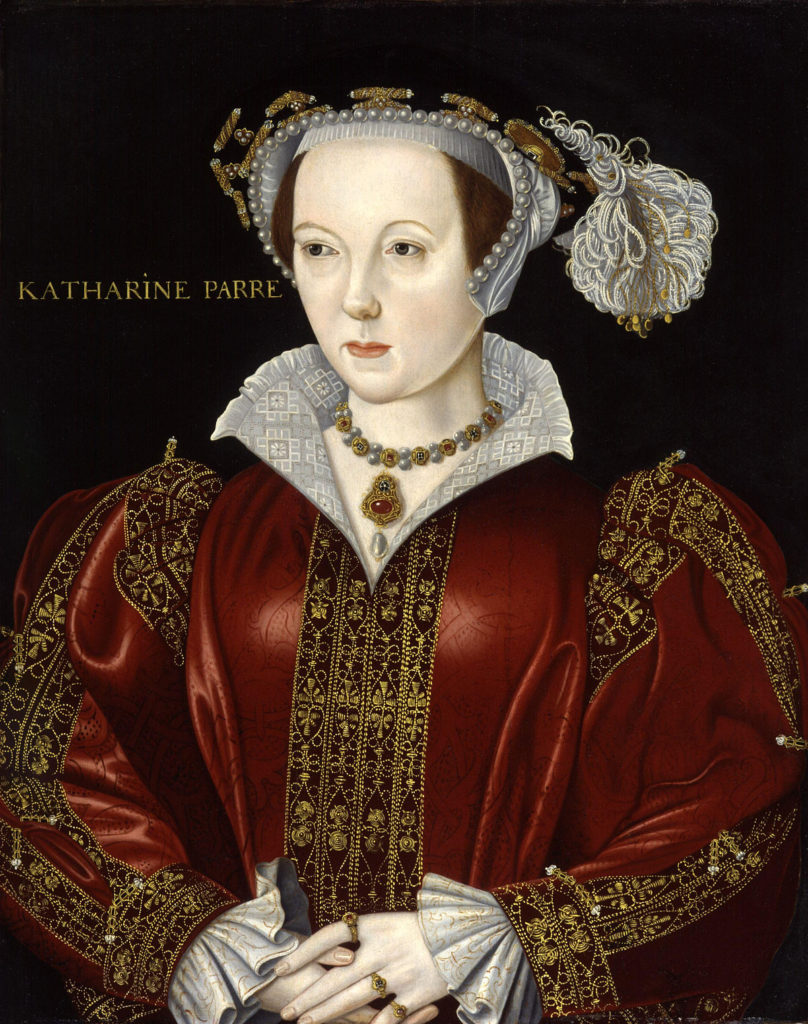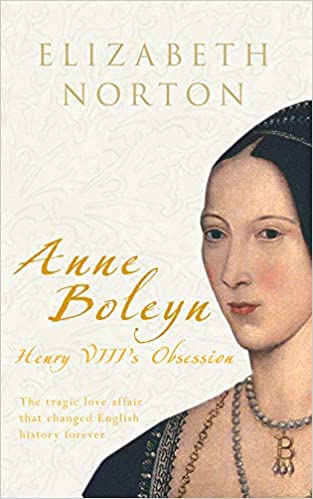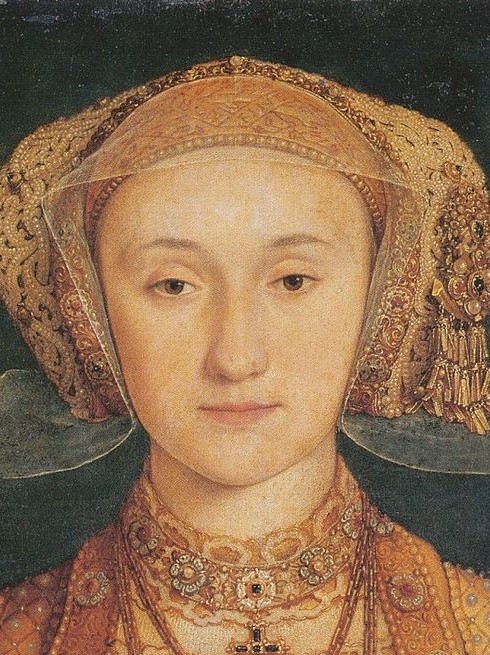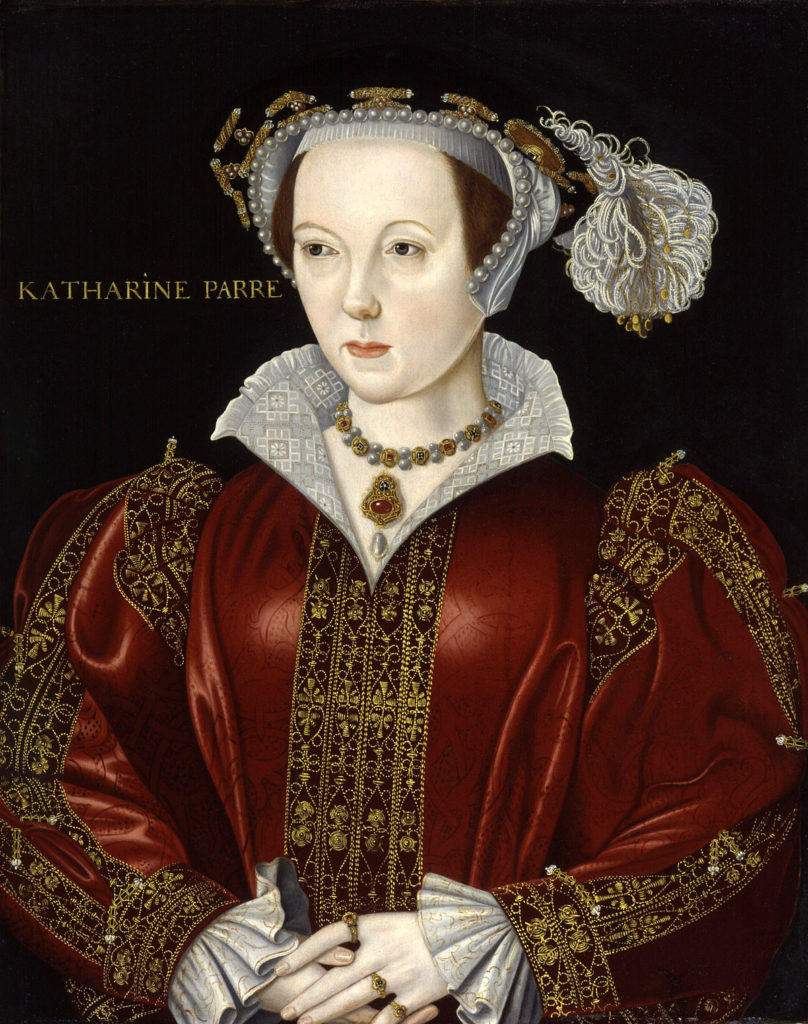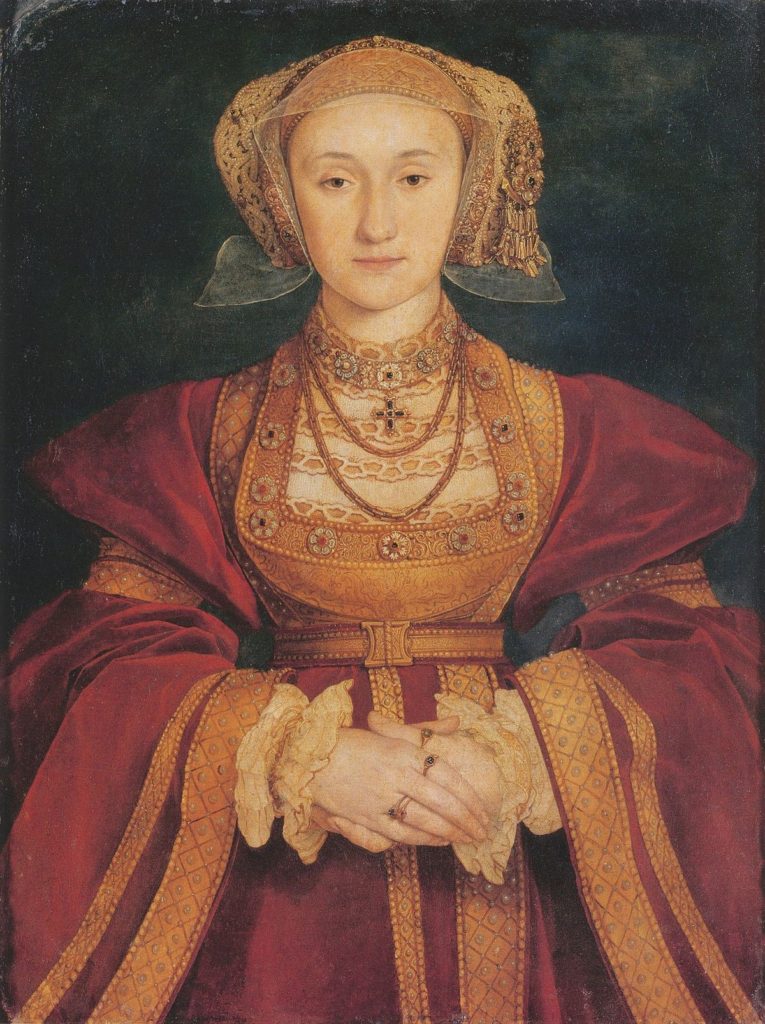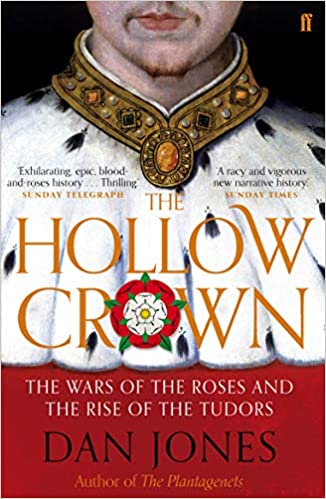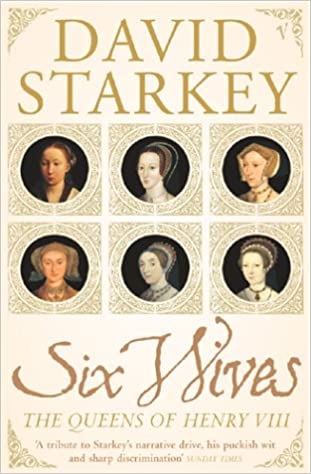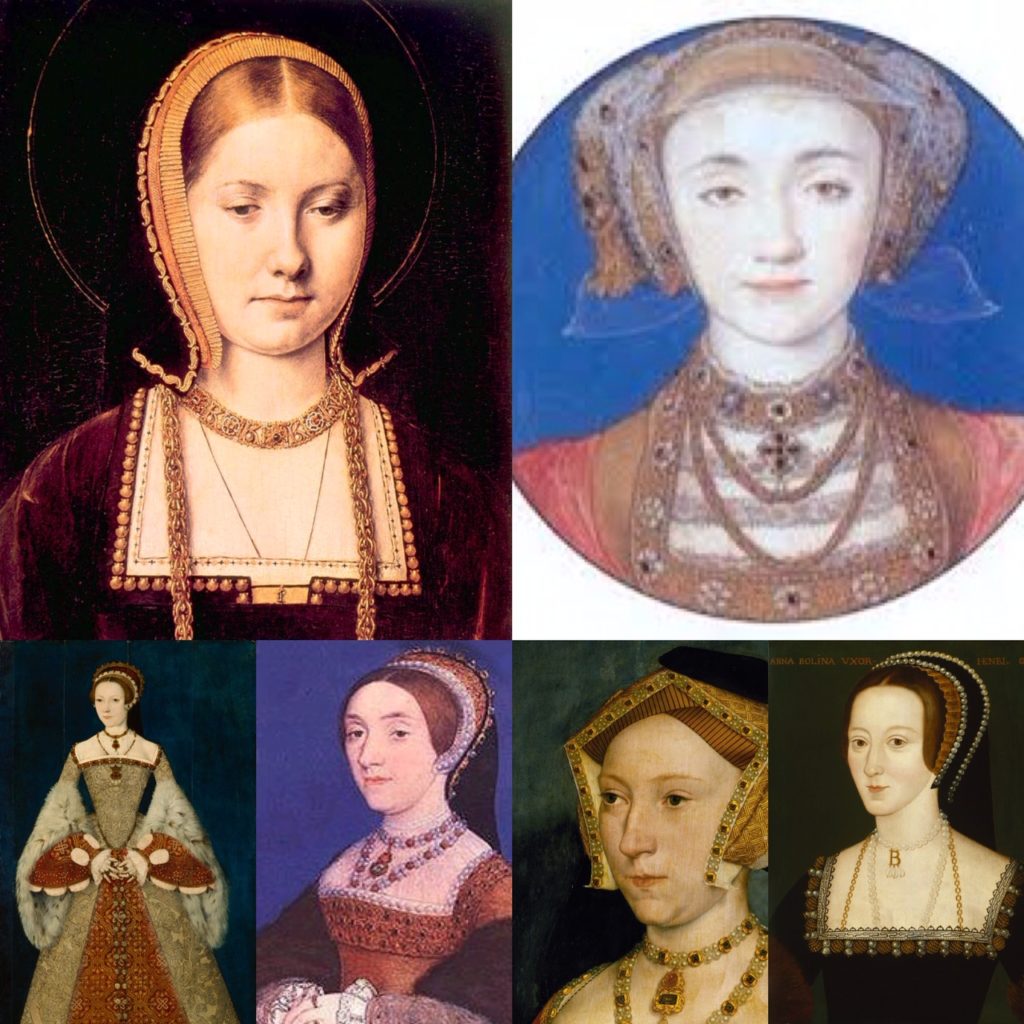
It’s been almost 500 years, and we’re still fascinated by Henry VIII and his six wives. It’s no great surprise. The tales of the women who enjoyed or endured marriage to the legendary Tudor King are saturated in romance, politics and drama. You couldn’t make up more compelling stories. Though many have tried.
Equally unsurprisingly, given the nature of human imagination, many myths about these royal matriarchs have entered the public consciousness. Some are plain wrong. Others are oversimplifications and half-truths.
Let’s take a look at just six of them.
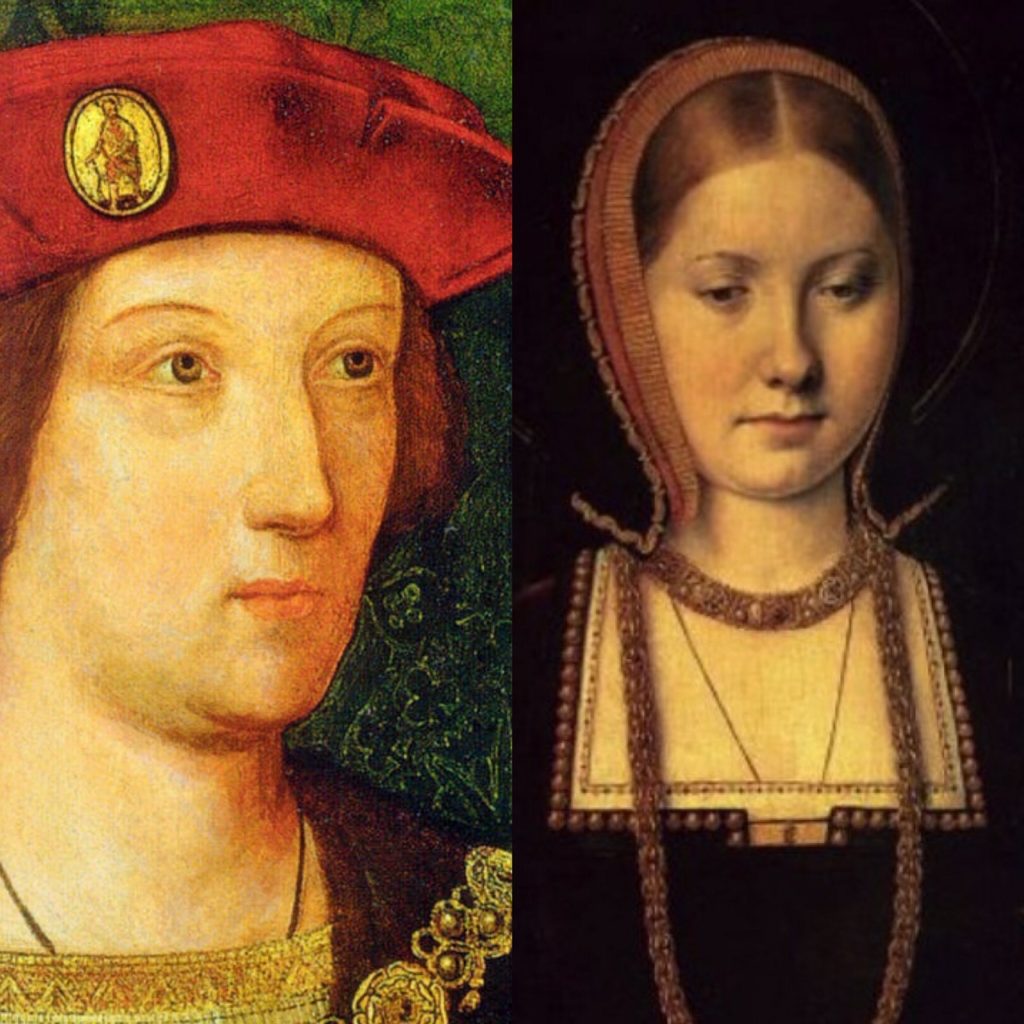
1.When Prince Arthur died, Katherine of Aragon swore the marriage was unconsummated to avoid being sent back to Spain.
The myth
Katherine of Aragon committed to one clear destiny. To become Queen of England. Upon the death of Prince Arthur she feared this dream was about to shatter. To avoid being sent back to Spain, she swore that the marriage was unconsummated. It was only on this basis that the likes of Henry VII agreed to betroth her to Prince Henry, the future Henry VIII.
In reality…
There is no record of Katherine declaring that her first marriage was unconsummated until 1529. She stated it publicly during Henry VIII’s attempts to divorce her and it threw a curveball into proceedings.
She might have mentioned it privately beforehand. But during negotiations for a marriage between her and Prince Henry, it was assumed that the marriage had been consummated and papal dispensation was granted accordingly. It could be that no one asked her. Maybe she didn’t fully understand herself. After she eventually experienced the full consummation of a marriage in 1509, the truth may have dawned on her.
None of this means that Katherine was lying. If anything, her declaration in 1529 makes it more likely that she was telling the truth. Under a strict interpretation of church law, her admission could have gone against her. The dispensation assumed that consummation had taken place. Had it not, she really needed a different kind of dispensation, which covered the “public honesty” of her betrothal to Henry VIII’s brother. So, she risked invalidating the marriage on a technicality.
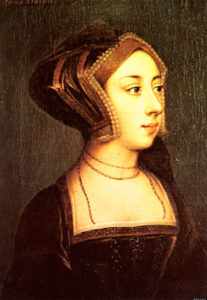
2. Anne Boleyn lured Henry VIII away from his marriage to Katherine and convinced him of the need to divorce
The myth
Anne Boleyn, perhaps with the help of her ambitious family, set out to capture the King’s heart. By holding out from becoming his mistress, she convinced the King to put Katherine aside and seek a divorce so that she, Anne, could be enthroned as Queen of England.
In reality…
We don’t know. It’s hard to date the beginnings of Henry’s interest in Anne, let alone be clear on the details. The courtship was partly conducted in writing but Anne’s letters don’t survive.
Anne did refuse to become his mistress. Ultimately, Henry overcame this barrier by asking Anne to be his wife. But there’s no evidence that this was part of a Boleyn master plan.
The great historian Eric Ives believes Henry had already decided to divorce Katherine ahead of falling for Anne. He was just expecting to put his first wife aside in favour of another foreign princess.
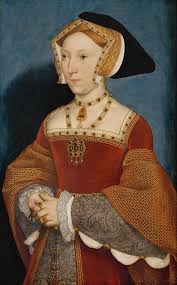
3.Jane Seymour’s family planted her in Henry’s path to bring about Anne Boleyn’s downfall
The myth
Learning lessons from Anne’s “capture of the King” the Seymour family groomed Jane to seduce him. She presented herself as the opposite of Anne in every way to mastermind the Queen’s downfall. The Seymours did this out of ambition and to further the cause of their family.
In reality…
Henry may have been easily led. But he wasn’t a puppet. Once his interest in Jane was clear, the conservative faction at court, led by the powerful Marquess and Marchioness of Exeter started to hatch a plan that would lead to Anne’s divorce and banishment in Jane’s favour.
Yes, her family saw the advantages and supported it. But they were not ideological soul mates with the conspirators. Jane’s brother Edward would become a champion of religious reform. Quite the opposite agenda to that being persuaded by the Exeters.
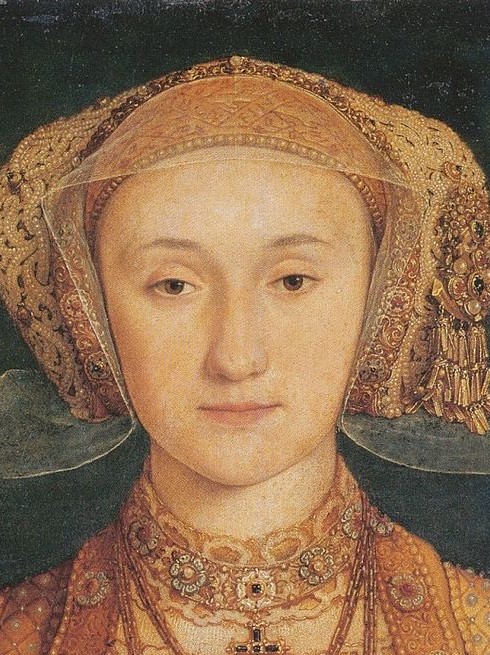
4.It was really Anne of Cleves that rejected Henry and she was only too happy to be free from him
The myth
Anne of Cleves was a young woman who was clearly horrified when she came face to face with the old, obese and increasingly decrepit Henry VIII. Her repulsion to him was so obvious, it prevented the marriage from being consummated. To save face, Henry vocalised his dislike of Anne and arranged for an annulment. Anne then lived out the rest of her days as a wealthy, independent woman. She revelled in her freedom.
In reality…
Anne probably wasn’t enamoured with the prospect of sleeping with Henry. And he was slighted by her initial, negative reaction to him when he came to her disguised as a servant. But Anne’s feelings toward Henry were not the determining factor.
Anne had been sent to England to marry its King and advocate for the cause of Cleves. Following Henry’s public rejection of her, she would have felt like a failure.
When Henry eventually married his final wife Katherine Parr, Anne felt slighted, declaring that she was much prettier than the King’s new bride. She always seemed hopeful that he would take her back.
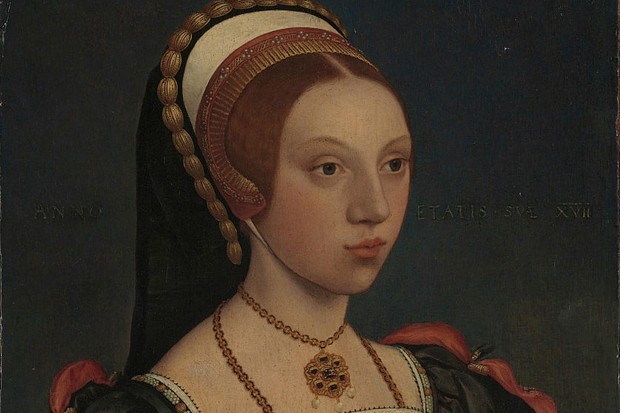
5.Katheryn Howard was a child bride
The myth
Katheryn Howard was a girl of 15 when she married the King. She had no real choice in the matter and was used as a pawn by her powerful uncle, the Duke of Norfolk.
In reality…
Not really. In some accounts of the era, Katheryn’s age at marriage is confidently given as 15. This is based on her absence from her step-grandfather’s will which was written in 1522, suggesting she had not yet been born.
But most recent biographers of Katheryn think it more likely that she was 18/19 when she became Queen. This is based on comments by the French ambassador who knew her. By Tudor standards this was not young. Marriage, including quite possibly to a much older man, would have been expected of her. There is also no good evidence that Norfolk had anything to do with initiating the King’s interest in his niece.
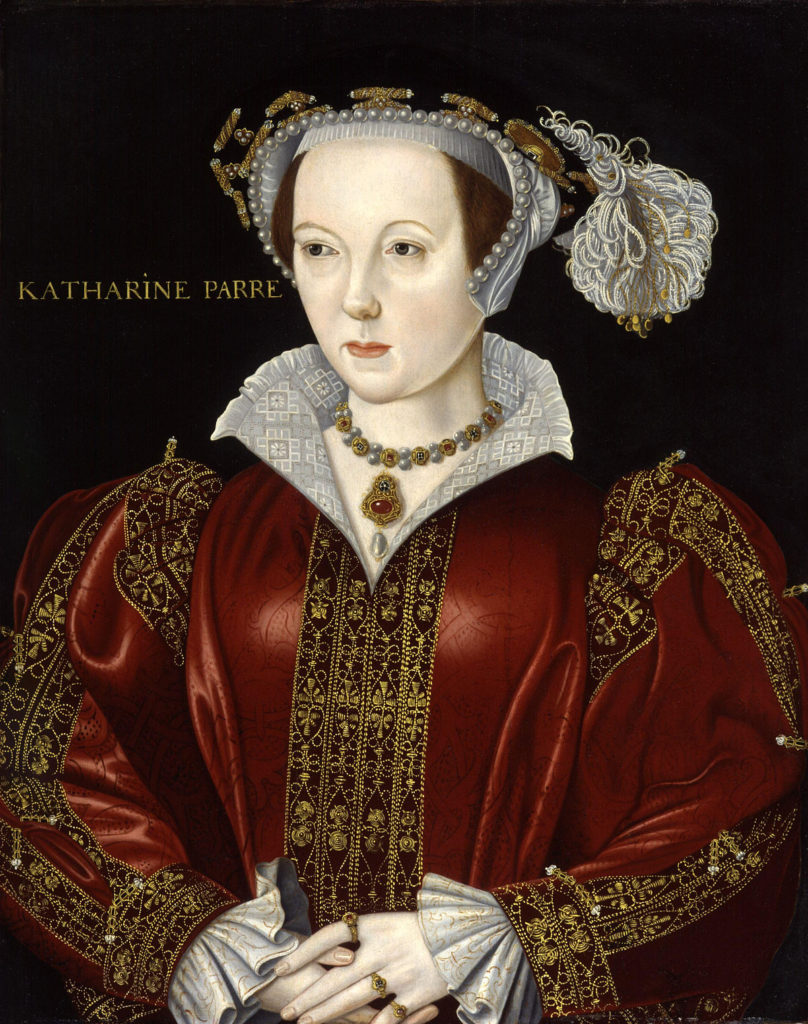
6.Katherine Parr was more of a nursemaid than a wife to Henry VIII
The myth
Following the disaster of his marriage to the young Katheryn Howard, Henry sought out a woman to be more of a companion than a wife. Katherine Parr, as Lady Latimer, had experience of nursing her husband through his old age. She was the perfect choice to hold the King’s hand and mop his brow as life eeked out of him.
In reality…
This charming, but patronising image of Katherine emerged in the Victorian era. But it’s stuck. It’s certainly what I was taught at school in the 1990s.
Katherine took an interest in the health of her ailing husband. But as a woman of rank she would have been quite far from the nitty-gritty of nursing. Instead, she spent her time championing religious reform. She even ruled England while Henry was waging war was against France in 1544.
*
These are just six of the myths that circulate about Henry VIII and his infamous six wives. What other inaccuracies can you think of which have gained common currency?
Subscribe to our newsletter!



